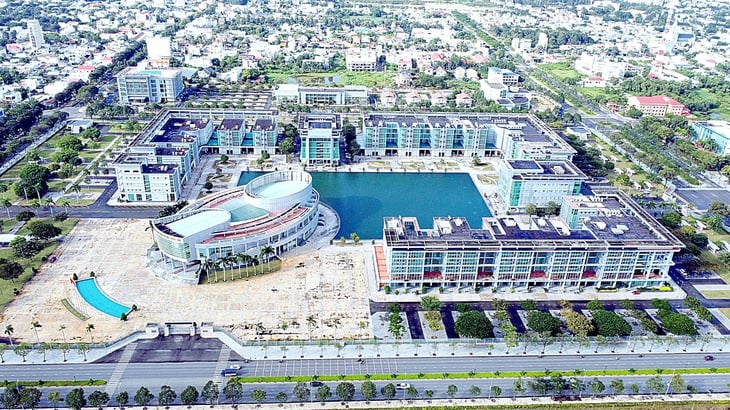
The old administrative - political center of Ba Ria - Vung Tau province (Ba Ria ward, Ho Chi Minh City) is nearly 20 hectares wide, meeting the conditions of an educational environment - Photo: A LOC
According to initial statistics, the whole country currently has a surplus of 4,226 administrative headquarters. Ho Chi Minh City alone has a surplus of 1,087 headquarters, notably many of which have quite large areas and scales and are located in prime locations.
Solve the problem "surplus side, deficit side"
Large-scale administrative headquarters that are redundant in Ho Chi Minh City after the merger include the headquarters of the People's Committee of Thu Duc City (old), the Administrative Center of Binh Duong Province (old) and the Political Administrative Center of Ba Ria - Vung Tau (old)...
And in this reality, a question arises: should we prioritize the use of surplus public headquarters for education , in the context that many universities are facing a lack of land for expanding and developing infrastructure to serve training and research?
Recently, Ho Chi Minh City University of Economics (UEH) is the first unit in the university education system in Ho Chi Minh City to "open the door" by proposing in writing to the Ho Chi Minh City People's Committee and the Department of Finance to approve the policy of handing over the old Ba Ria - Vung Tau Provincial Administrative - Political Center for the school to use as a teaching place.
This center was put into operation in 2012 with an area of about 20 hectares, including many modern buildings, a large hall (600 seats), a meeting room, a 14,000m2 lake with a total investment of about 1,000 billion VND.
Speaking with Tuoi Tre, the leader of Ho Chi Minh City University of Economics said that the school's current lecture halls and classrooms are often overloaded and cannot meet the learning needs of students.
Furthermore, due to space constraints, the school has not been able to invest in research centers and laboratories with modern equipment - the foundation for in-depth research and development of new engineering disciplines, technology projects, international cooperation, as well as innovation.
With the orientation of becoming a multi-disciplinary, multi-field university that meets regional and international standards, Ho Chi Minh City University of Economics is under great pressure regarding development space.
"If assigned the above headquarters, the school commits to implementing a plan to train high-quality human resources; promote scientific research and innovation in the fields of marine economy, ocean technology, renewable energy, seaport logistics, tourism... in accordance with the strategic position of the eastern region of Ho Chi Minh City," the school leader analyzed.
This is expected to avoid waste, because actual records show that after administrative agencies moved to work centrally at the headquarters in Ho Chi Minh City, the Administrative - Political Center of Ba Ria - Vung Tau province (old) only used a small part of the area to arrange work space for personnel to handle transitional work, ensuring the provision of public services.
Speaking with Tuoi Tre, Ms. Nguyen Thi Kim Lien - Chairwoman of the People's Committee of Ba Ria Ward - said she strongly supports the proposal to use the old Ba Ria - Vung Tau Provincial Administrative - Political Center as a university.
According to her, the center has fully functional rooms, many halls and very large meeting rooms for teaching.
However, when the school is operational, the design will have to be changed accordingly. "I think the center is suitable for the education and training sector. The locality is very supportive and really wants that," she said.
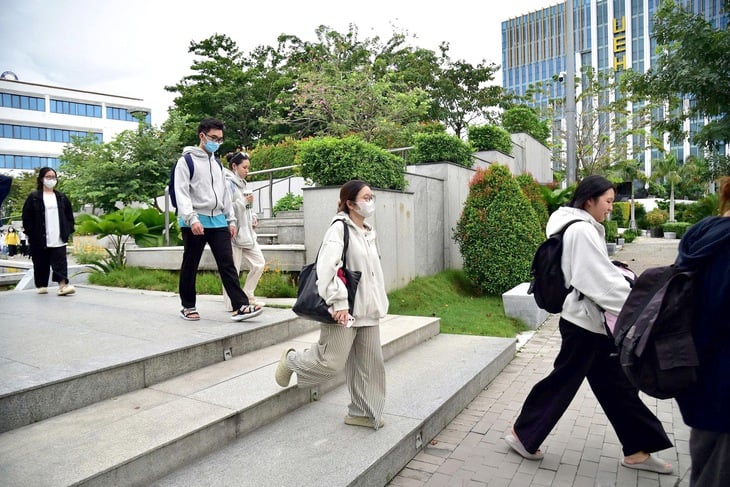
Students of Ho Chi Minh City University of Economics study at the Binh Hung Commune campus, Ho Chi Minh City. Currently, this school has 10 campuses in Ho Chi Minh City and Vinh Long province - Photo: TRI DUC
The surplus headquarters was converted into a school.
In Hanoi, there are currently nearly 250 redundant administrative headquarters. Up to now, localities have completed the arrangement and developed plans to handle the redundant real estate facilities, ensuring effective use and avoiding waste.
Many real estate properties will be converted to use as schools. Many localities such as Hoan Kiem, Tay Ho, Cau Giay, Nghia Do wards... have been planning to convert their functions or propose to convert surplus headquarters into schools or build new schools.
For example, the headquarters of the People's Committee of Phu Chau commune in Ba Vi district (old), now in the new Vat Lai commune, is also expected to be handed over to Phu Chau Primary School for management and use.
Speaking with Tuoi Tre, Principal of Phu Chau Primary School Nguyen Chi Sang said the school will renovate the commune People's Committee headquarters to make a dormitory for boarding students, in line with the policy of the Hanoi People's Council in supporting meals for students.
According to Mr. Sang, the school currently lacks a multi-purpose hall, so it is limited in organizing learning and extracurricular activities. Therefore, it is planned to renovate the communal People's Committee hall to serve this work.
"The handover and conversion of the headquarters will help the school overcome difficulties in teaching, improve training quality, and soon meet national standards. We hope that in the coming time, authorities at all levels will pay attention to supporting and investing funds for the school to carry out the conversion of headquarters, use, and meet the educational and training needs," Mr. Sang expressed.
In Hung Yen, the locality requires units to have a plan to handle the surplus public offices, real estate and assets after the reorganization in the direction of converting their functions to public purposes (nursery schools, kindergartens; educational and training facilities; community service works such as flower gardens, green trees, public playgrounds, cultural houses)...
Thanks to that, from the 2025 - 2026 school year, Tran Phu Secondary School (Tran Hung Dao Ward, Hung Yen) is the first local educational institution to receive the surplus headquarters, which is the office building of the public service units under the People's Committee of Thai Binh City (old) with a magnificent 5-storey building, total area of over 1,700m2.
After receiving the headquarters, Ms. Nguyen Thi Viet Hoa - Principal of the school - said that the school has started to renovate, convert functions, install new equipment and tables and chairs to ensure suitability for teaching and learning.
Accordingly, the new headquarters has added to the school 4 new classrooms for about 200 students, 7 subject rooms and 10 functional rooms.
"This has helped to overcome the difficulty in facilities to meet the requirements of the general education program. At the same time, it also created favorable conditions for the school to organize 2 sessions/day, develop gifted subjects, and help students practice comprehensively both knowledge and skills," Ms. Hoa said excitedly.
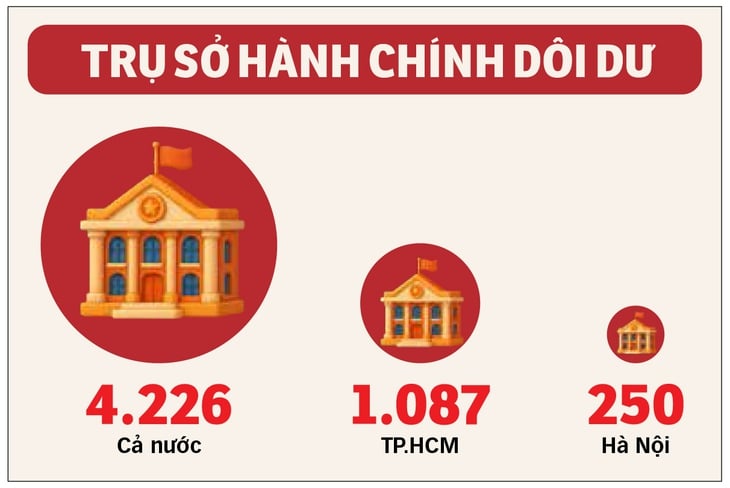
Select the face... send to the headquarters
Ho Chi Minh City affirms that it will not sell the headquarters and surplus real estate after the merger, but will coordinate, convert functions or reclaim and make maximum use of the existing headquarters fund for effective management and exploitation.
For surplus cases without a specific plan, the assets will be prioritized for education, health care, community culture or handed over to the Center for Housing Management and Construction Appraisal, the Center for Land Fund Development to receive and exploit.
Speaking with Tuoi Tre, architect Khuong Van Muoi - former Vice President of the Vietnam Association of Architects - assessed that converting the surplus headquarters into a school or serving other cultural institutions such as cultural and research facilities is a very good thing and does not affect planning.
"When converting the function of the headquarters, it is only necessary to repair and rearrange it to suit the usage. Taking advantage of the available headquarters space is an advantage, instead of having to invest a lot to renovate. Now that there is a headquarters space suitable for the usage needs, converting the function will be beneficial...", Mr. Muoi said.
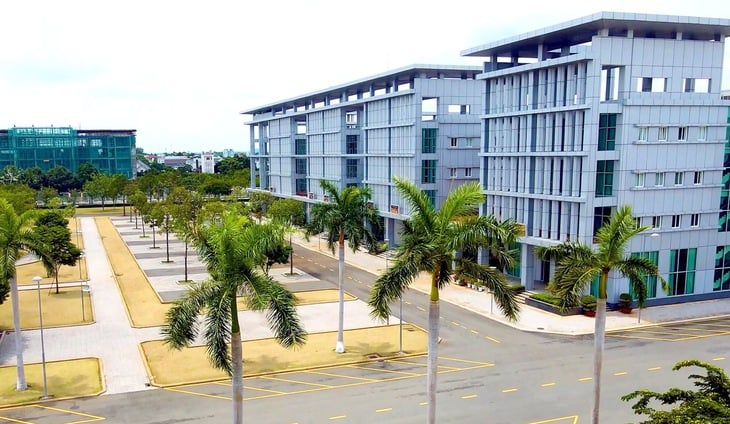
The old Ba Ria - Vung Tau Provincial Administrative Center has functional rooms, many halls and very large meeting rooms suitable for teaching - Photo: DONG HA
Architect Ngo Anh Vu - Director of the Ho Chi Minh City Institute of Construction Planning - said that administrative headquarters have functions quite similar to schools, cultural and research facilities... Therefore, renovating the functions when converting will be convenient, without too many repairs.
According to Mr. Vu, according to the planning, depending on the urban level or residential unit level (residential area), the administrative headquarters conversion will be allocated appropriately.
For example, universities and cultural centers are urban-scale projects; converting administrative headquarters into these facilities does not affect urban planning.
As for kindergartens, primary schools, and cultural houses, which are unit-level projects, it is necessary to pay attention to planning indicators (such as cultural, educational, and medical facilities per capita...).
"One issue I am very concerned about when converting to a new unit is that it must correspond to the needs and bring the greatest efficiency.
For example, the Ba Ria - Vung Tau Administrative Center or Binh Duong Administrative Center only calculates the annual management, operation and maintenance costs which are very large.
If Ho Chi Minh City assigns this cost to public service and career units with inadequate revenue, it will be difficult to cover this cost to ensure the headquarters is well operated and maintained, and will easily deteriorate...", architect Ngo Anh Vu warned, adding that choosing the right place to entrust... the headquarters is also something that needs to be taken into account.
An education expert said that if implemented methodically, transparently and for the right target, converting the functions of the headquarters after the merger to serve higher education will bring practical benefits to all three parties: the State, the school and the learners.
"This is a practical solution, avoiding waste of public assets, contributing to promoting sustainable development of the education sector," said this education expert.
Will Binh Duong administrative center become the "heart" of science and technology?
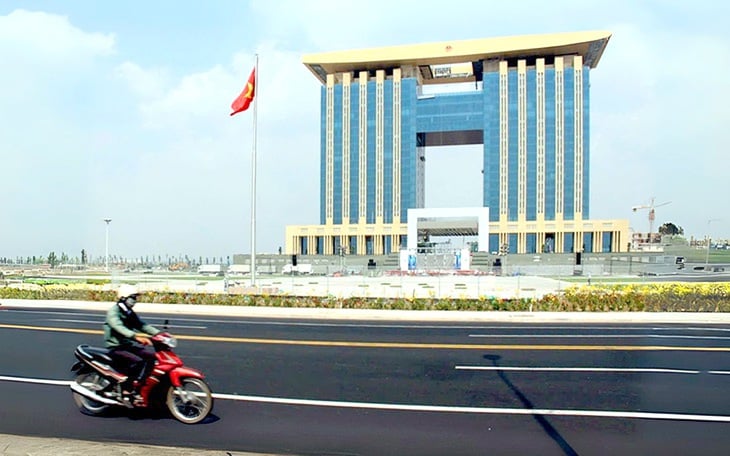
The old Binh Duong Administrative Center Tower is considered the "heart" of the new city. After the merger, it is proposed to change its function to become the Ho Chi Minh City Science Center - Photo: B.SON
One of the notable proposals recently proposed by the Ho Chi Minh City Department of Construction is to convert the function of the old Binh Duong Administrative Center tower into the Ho Chi Minh City Science Center and a multi-purpose science and technology building.
The tower worth thousands of billions of VND consists of two towers A and B, each tower has 20 floors for office space, put into use since February 2014, and is expected to become the "heart" of the science, technology, and innovation center of Ho Chi Minh City.
From this proposal, many opinions believe that this is a necessary work, opening up hope for a new "innovation zone" of Ho Chi Minh City, avoiding the bleak scene of "Binh Duong new city" after the merger.
Speaking with Tuoi Tre, the leader of the administrative center building management board (under the Office of the Ho Chi Minh City People's Committee) said that for now, the building in Binh Duong is still operating normally, waiting for a new decision from the competent authority.
In case of conversion of functions, with many units operating in the building, operation and cost accounting are not too difficult.
With previous experience, for example with electricity costs, each unit in the building has its own electricity meter so it is possible to calculate specifically for each unit.
Some experts believe that this proposal is well-founded. Recently, Deputy Prime Minister Mai Van Chinh handed over the decision to establish the Binh Duong Concentrated Information Technology Park (now Ho Chi Minh City).
This is an information technology park with a scale of more than 15.4 hectares, located in the new city's industrial - service - urban complex, of which the "heart" is the old Binh Duong Administrative Center tower.
"The tower is centrally located, surrounded by industrial parks and many large factories, with convenient traffic connections. The Suoi Tien - Binh Duong New City metro line is expected to be built, and the Ho Chi Minh City - Thu Dau Mot - Chon Thanh expressway, which is being implemented, will be synchronously connected to this building," an expert assessed.
Secretary of the Ho Chi Minh City Party Committee Tran Luu Quang, during a recent working session in Binh Duong ward, also affirmed that he has faith that the new city area will develop.
With well-planned plans and successful investment attraction over many years, the proposal to build a science and technology center, a "smart region" will have many foundations to become a reality.
* Delegate TA VAN HA (Deputy Chairman of the National Assembly's Committee on Culture and Social Affairs):
4 priority areas for transformation with redundant headquarters
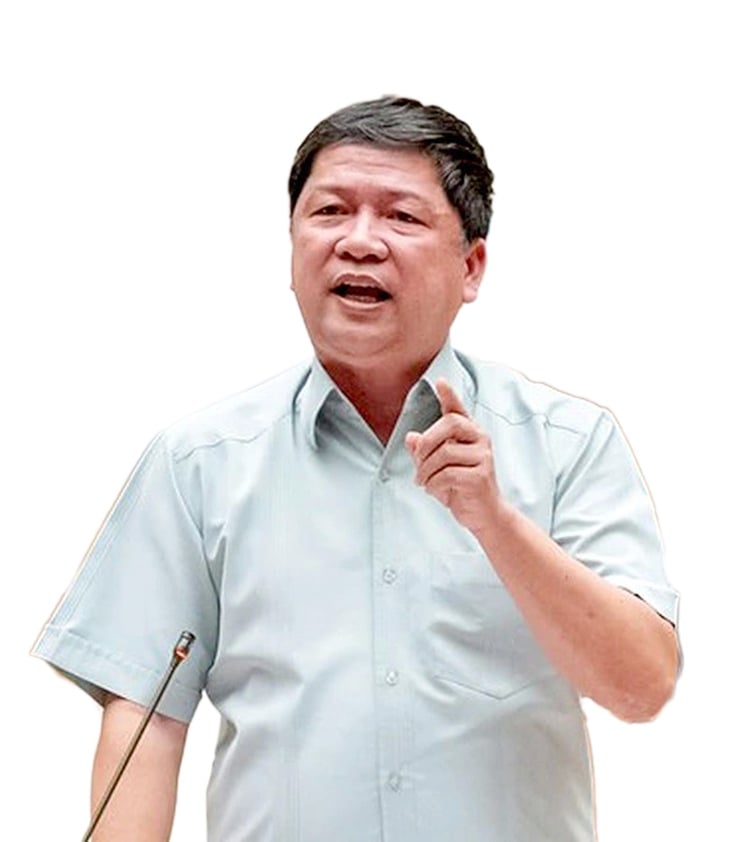
Surplus headquarters after province and commune mergers are a huge resource of the country that needs to be liberated.
Therefore, the requirement is to use these surplus headquarters effectively.
As General Secretary To Lam has repeatedly noted, priority must be given to using these surplus headquarters for the fields of education, health care...
Therefore, the use of surplus headquarters after the merger to serve social security, education and the community is very necessary.
Especially when we are implementing universal preschool education for children from 3 to under 5 years old and from this school year, we will start organizing two sessions/day for general education. Along with that, in the near future, we will continue to invest in developing primary health care.
Recently, in some localities such as Ho Chi Minh City, the Binh Duong Administrative Center tower (old) was proposed to partially convert its function into a center for science and innovation.
Or before that, many headquarters in Ho Chi Minh City, Hanoi, Hung Yen... were also oriented to become places serving cultural institutions such as schools, libraries, museums, entertainment areas, community activities...
This is very welcome and needs to continue to be implemented in other localities to thoroughly and effectively handle redundant headquarters.
I think there are four priority areas for conversion with redundant headquarters. One of them is conversion into public spaces such as green parks and outdoor playgrounds.
Second is to build schools, medical facilities, cultural centers and activities for youth.
Third is to convert into scientific research facilities and international standard laboratories. Fourth is to prioritize the organization of activities and care for the elderly.
To effectively arrange surplus headquarters, it is important that the Government and localities, after reviewing, inventorying, and re-evaluating the entire quantity and nature of surplus public assets, quickly build and re-plan the headquarters system based on usage needs.
The responsibility for restructuring and handling surplus public assets lies with the leaders. Local leaders need to resolutely implement it with the highest goal of benefiting the people, avoiding waste for the State.
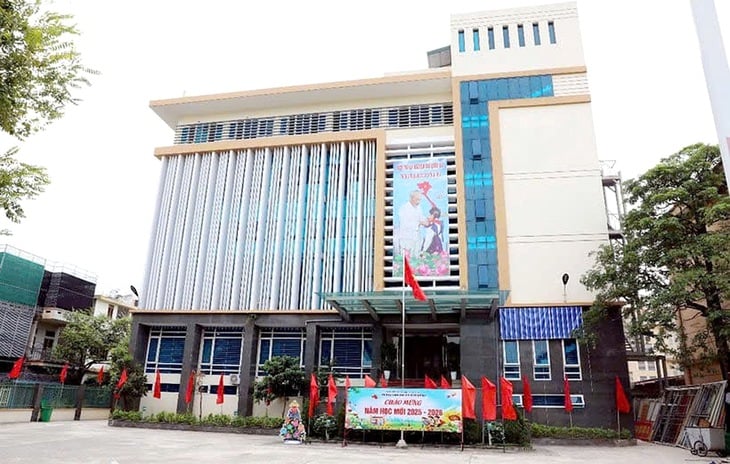
The headquarters of public service units under the People's Committee of Thai Binh City (old) were converted into classrooms of Tran Phu Secondary School (Tran Hung Dao Ward, Hung Yen) - Photo: VNA
* Principal of a university in Ho Chi Minh City:
Opportunities for university development
The school is in urgent need of modern facilities such as lecture halls, specialized laboratories, research centers, community living spaces for students, multi-purpose halls...
The school also has enough investment capacity, both financially and in terms of human resources, but the biggest obstacle is the lack of land.
Therefore, if the State has a mechanism to allow the transfer or re-lease of surplus premises, schools can completely renovate and put them into use quickly, effectively and for the right purpose.
Reusing these facilities not only helps save on infrastructure investment budget, but is also a reasonable solution to avoid wasting public assets that are lying idle.
We recommend a transparent and flexible mechanism that prioritizes schools with real needs, implementation capacity and clear plans for use. This is the way to invest in the future - investing in education.
* Mr. Nguyen Thanh Hieu (resident of Ba Ria ward, Ho Chi Minh City):
Create opportunities to attract high-quality human resources
I think the arrangement of the headquarters of the old Ba Ria - Vung Tau Administrative Center for the university is a very practical idea and good news for local people.
Currently, the old Ba Ria - Vung Tau area has only one official university, while the Ba Ria area currently has no university.
Therefore, the arrival of a prestigious university here is like a breath of fresh air, bringing many benefits to local people such as attracting high-quality human resources, improving people's intellectual level, stimulating services - trade, attracting businesses...
Source: https://tuoitre.vn/tim-dap-so-hieu-qua-cho-hang-ngan-tru-so-doi-du-2025092709322873.htm


![[Photo] General Secretary To Lam chairs the meeting of the Central Steering Committee on preventing and combating corruption, waste and negativity](https://vphoto.vietnam.vn/thumb/1200x675/vietnam/resource/IMAGE/2025/9/29/fb2a8712315d4213a16322588c57b975)
![[Photo] General Secretary To Lam receives US Ambassador to Vietnam Marc Knapper](https://vphoto.vietnam.vn/thumb/1200x675/vietnam/resource/IMAGE/2025/9/29/c8fd0761aa184da7814aee57d87c49b3)
![[Photo] General Secretary To Lam attends the ceremony to celebrate the 80th anniversary of the post and telecommunications sector and the 66th anniversary of the science and technology sector.](https://vphoto.vietnam.vn/thumb/1200x675/vietnam/resource/IMAGE/2025/9/29/8e86b39b8fe44121a2b14a031f4cef46)
![[Photo] Many streets in Hanoi were flooded due to the effects of storm Bualoi](https://vphoto.vietnam.vn/thumb/1200x675/vietnam/resource/IMAGE/2025/9/29/18b658aa0fa2495c927ade4bbe0096df)
![[Photo] National Assembly Chairman Tran Thanh Man chairs the 8th Conference of full-time National Assembly deputies](https://vphoto.vietnam.vn/thumb/1200x675/vietnam/resource/IMAGE/2025/9/29/2c21459bc38d44ffaacd679ab9a0477c)
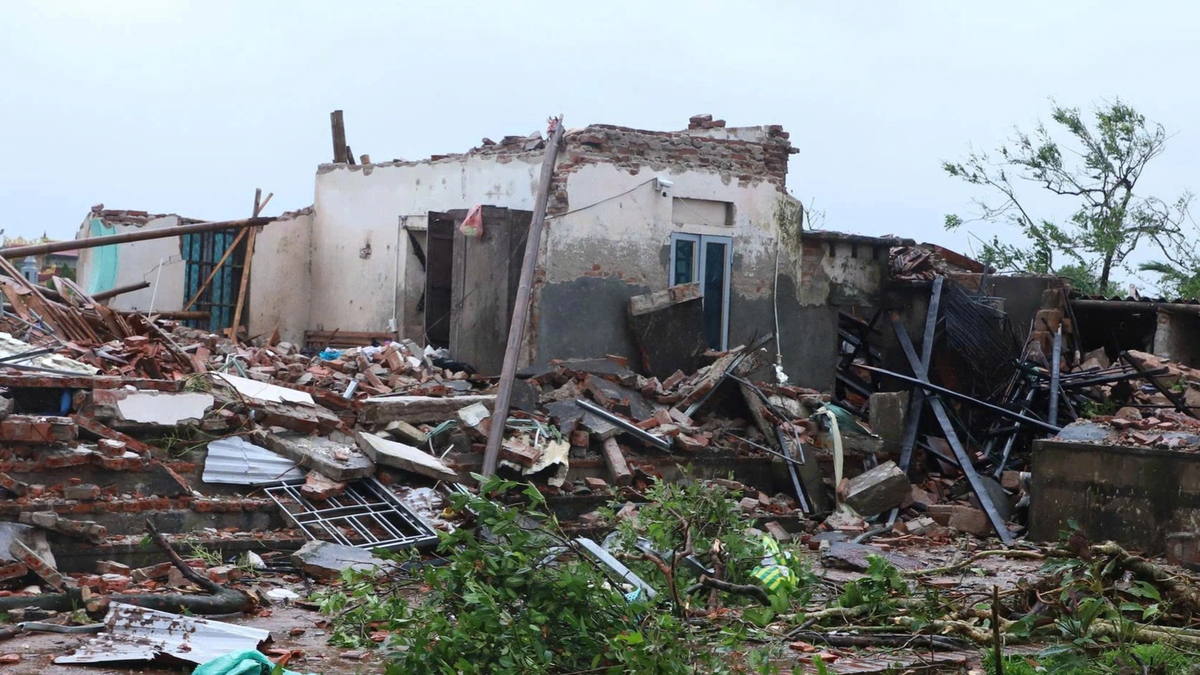
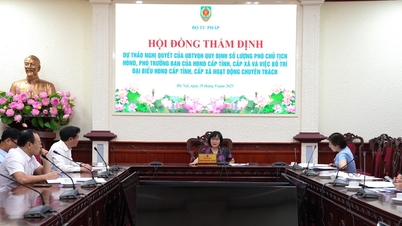




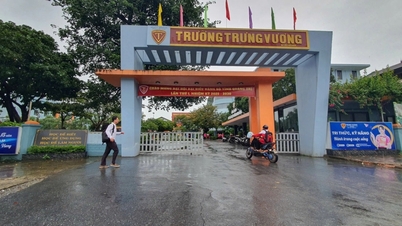

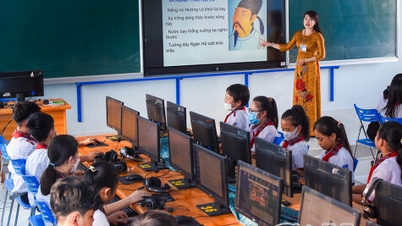

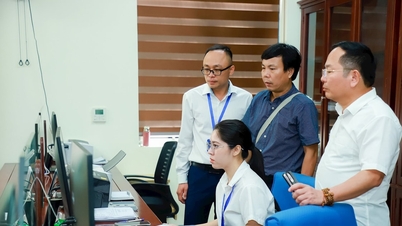

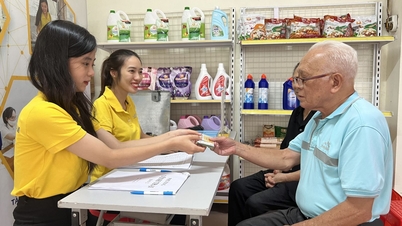
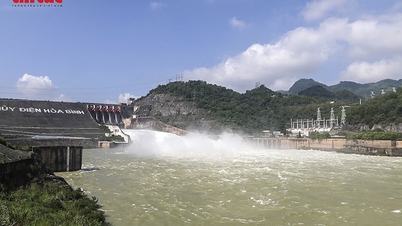
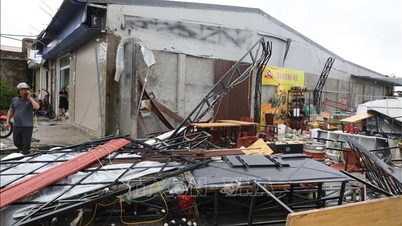

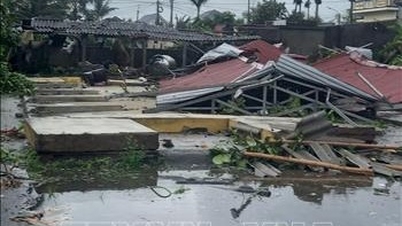
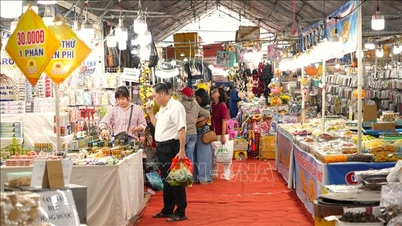




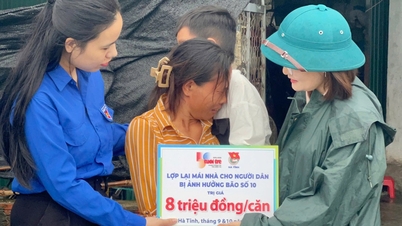



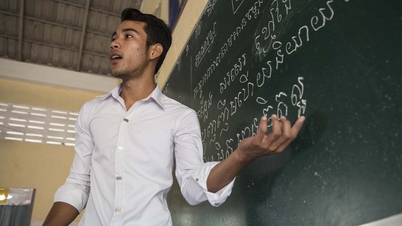
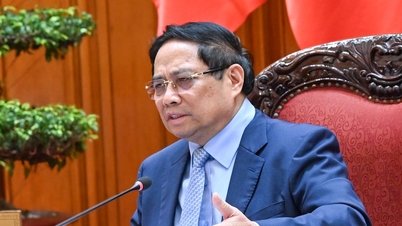










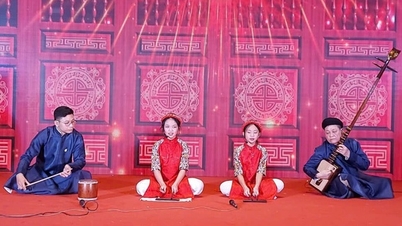




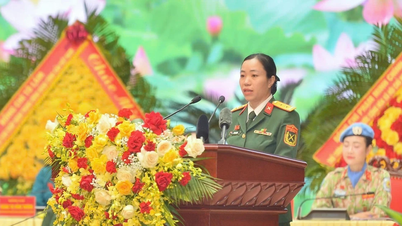



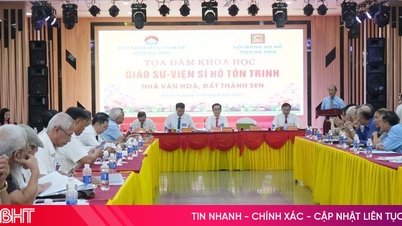

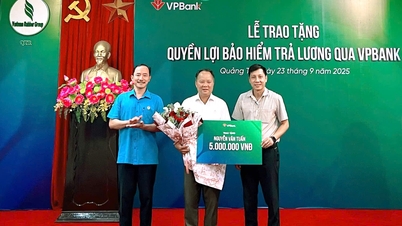











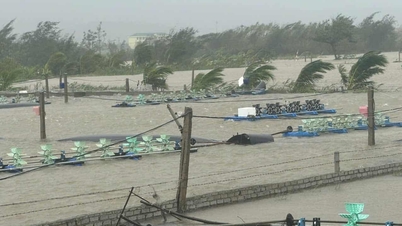

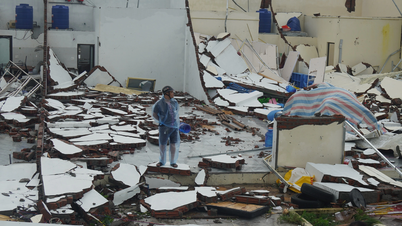




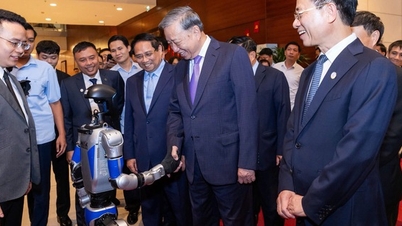

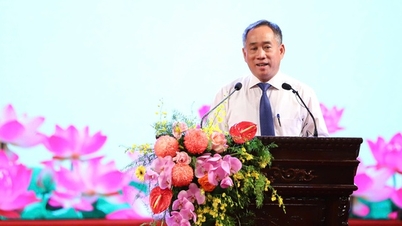
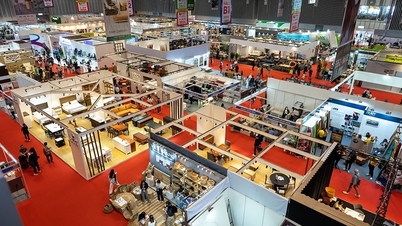


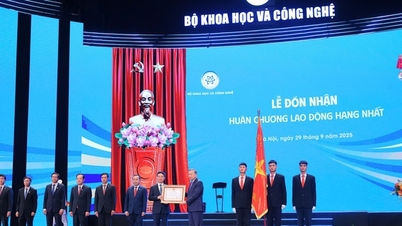




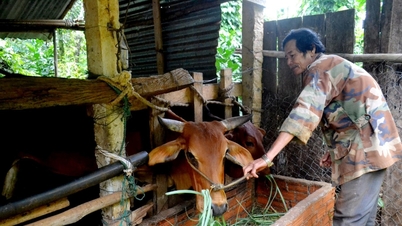
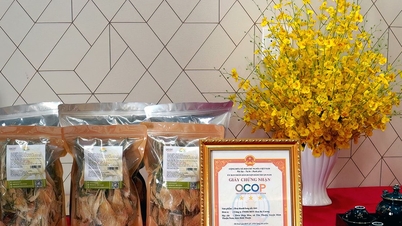
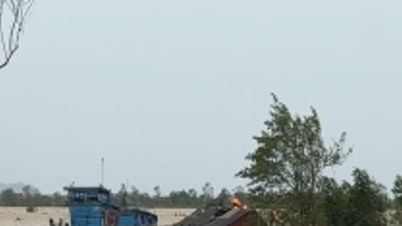
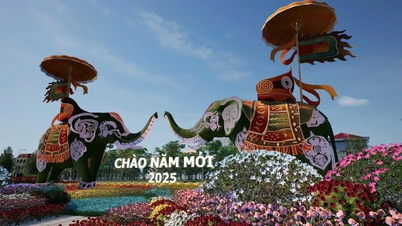










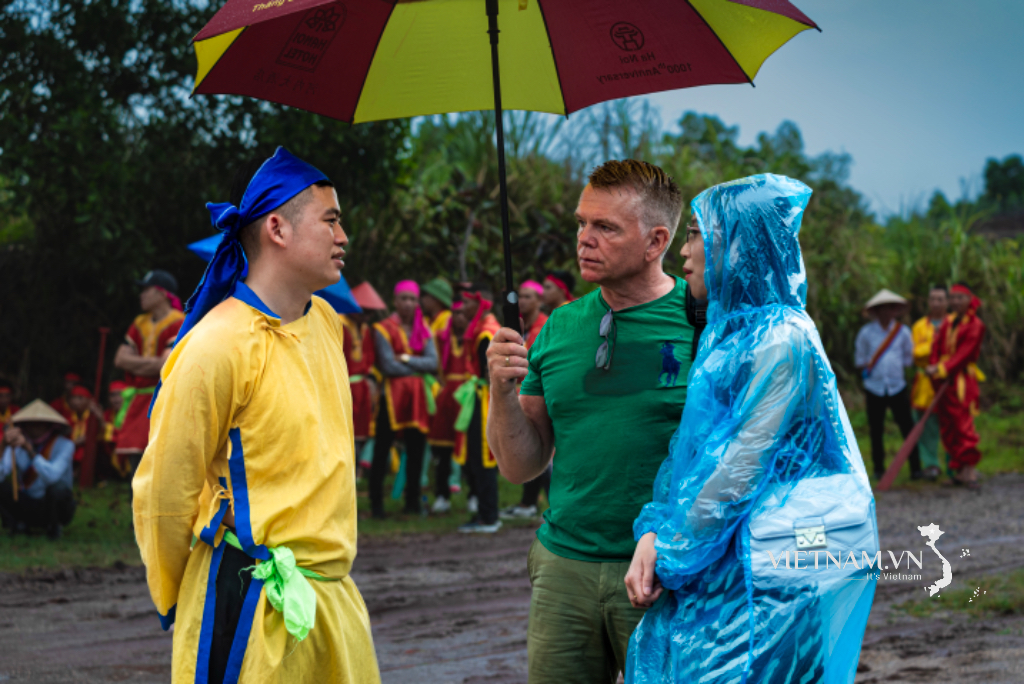

Comment (0)